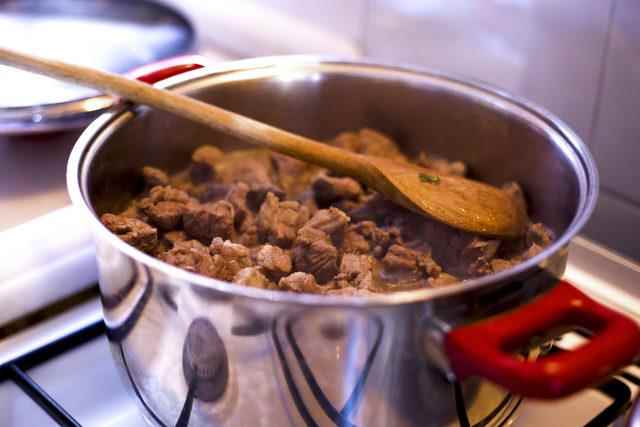Before Eid al-Adha, there is activity in animal markets. Experts gave information about meat consumption and healthy nutrition before Eid al-Adha and warned about Rigor Mortis.
Specialist Dietitian Betül Öztürk stated that in addition to paying attention to meat consumption during Eid al-Adha, the cooking method applied to meat is also important for health. He warned that if we consume the meat of the sacrifice correctly, it can impair human health.

ATTENTION TO RIGOR MORTIS DISEASE
Mentioning that the meat consumed immediately after slaughter, due to the approaching Eid al-Adha, impairs human health, Öztürk said, “We do not recommend consuming sacrificial meat after slaughter. Rigor mortis ‘death stiffness’, which occurs in the muscles after the animal is slaughtered, is not suitable for digestion. Due to death, energy production with the help of oxygen stops and the contraction and relaxation of the muscles is impaired. Since the energy required for contraction and relaxation is not provided, some fibers are contracted and some remain loose, and the fibers remaining in the contracted state give the meat stiffness.

Sacrificial meat should not be consumed immediately
Specialist Dietitian Betül Öztürk, who says that the meat of the sacrifice should be rested before consumption, said, “The hard muscle fibers begin to soften 1.2 days after the slaughter. For this reason, it is necessary to mature the meat after slaughter in order to improve the eating quality. After the animal is slaughtered, it should be kept in suitable storage conditions for at least 1 day in order for the meat to soften and give water. It should be kept in the refrigerator at 3 or 5 degrees in greaseproof paper or in a freezer bag. Due to the toughness of freshly cut meat, it can cause problems such as indigestion, bloating, constipation and diarrhea. Therefore, we do not recommend its consumption. If there are individuals who want to consume a lot, we recommend that they consume it in small amounts and well cooked. (UAV)
